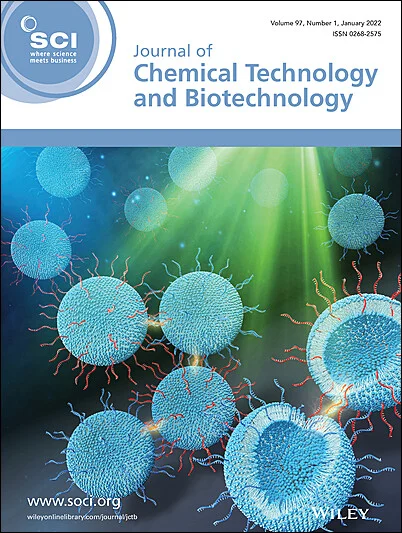Green preparation of metal–organic frameworks in deep eutectic systems with boosted photocatalytic activity
Abstract
Background
Metal–organic frameworks (MOFs) are known for their extensive specific surface area, robust stability, and diverse active sites, which make them highly effective for applications in photocatalysis. The deep eutectic system (DESys) offers a green alternative to traditional toxic organic solvents and can impart novel, eco-friendly properties to synthesized materials. This study investigates DESys/MIL-100(Fe), a MOF synthesized within a DESys, and its application for the photocatalytic decomposition of tetracycline hydrochloride (TC-HCl). Compared to conventional synthesis methods, the DESys-based approach avoids the use of toxic hydrofluoric acid and high-pressure reaction equipment, making it more environmentally friendly and potentially suitable for large-scale industrial production of MOFs.
Results
The results showed that DESys/MIL-100(Fe) demonstrated significantly better photocatalytic performance for TC-HCl degradation than the traditional MIL-100(Fe) synthesized by conventional methods. After 2 h of visible-light exposure, the decomposition efficiency of TC-HCl reached 91.20% with DESys/MIL-100(Fe), while it was only 38.74% with MIL-100(Fe) under identical conditions. The improved performance of DESys/MIL-100(Fe) can be attributed to its enhanced adsorption capabilities, increased number of active sites, greater absorption of visible light, and higher carrier density. These factors contribute to its superior catalytic efficiency.
Conclusion
The findings demonstrate that DESys/MIL-100(Fe) not only exhibits outstanding stability and catalytic performance in the degradation of pollutants but also highlights the potential of using DESys for the green synthesis of high-performance MOFs. This approach offers a sustainable pathway for the large-scale production of MOFs with superior photocatalytic properties for environmental applications. © 2025 Society of Chemical Industry (SCI).

 求助内容:
求助内容: 应助结果提醒方式:
应助结果提醒方式:


